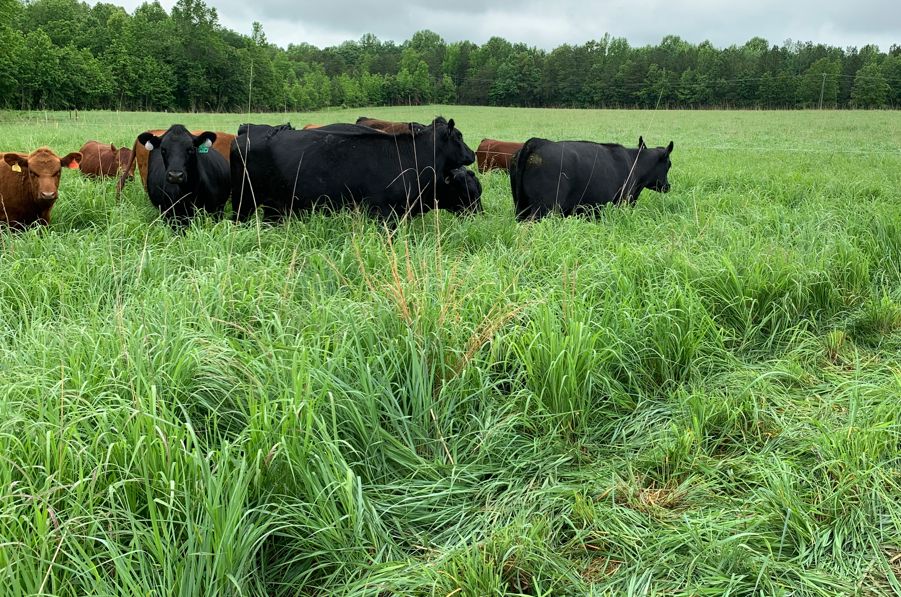By understanding carbon and other soil nutrient and biology levels deep in the soil profile and actively storing captured carbon, farmers can increase plant nutrient density and position themselves to access emerging agricultural and ecosystem services markets. We call the agricultural and forestry practices that create healthy soil carbon farming.
The Carbon Farming Partnership
provides a smart soil management strategy that can help set Southeast region producers on a path to the future of farming.
GOAL 1:
Assist producers with complementary baseline soil tests using NRCS’s Conservation Evaluation & Monitoring Activities (CEMAs).
CEMA 221
provides financial assistance to measure soil organic carbon stocks before and after implementation of a conservation plan
CEMA 217
provides support to measure soil nutrient levels
CEMA 216
provides support to measure soil health through its physical, biological, or chemical characteristics
GOAL 2:
Provide informational workshops and consultation to help producers to understand, assess and monitor:
The impacts of climate-smart practices on soil carbon sequestration.
The role carbon plays in building soil health and plant nutrients.
Increased agricultural productivity, resiliency, revenues, and soil-based climate change mitigation.
“Essentially, all life depends upon the soil… There can be no life without soil and no soil without life; they have evolved together.”
Dr. Charles E. Kellogg
Soil Scientist and Chief of the USDA’s Bureau for Chemistry and Soils
Learn more / Get started
The Carbon Farming Partnership serves farming communities across the Southeastern United States: Alabama, Arkansas, Florida, Georgia, Kentucky, Louisiana, Mississippi, North Carolina, South Carolina, Tennessee, Virginia, and Puerto Rico
If you would like to get involved or would like more information, sign up on the appropriate form/s below.
For farmers and ranchers in eligible states.
Agronomy consultants, certified crop advisors, NRCS Technical Service Providers and others who qualify to assist farmers with CEMA soil testing in eligible states.

